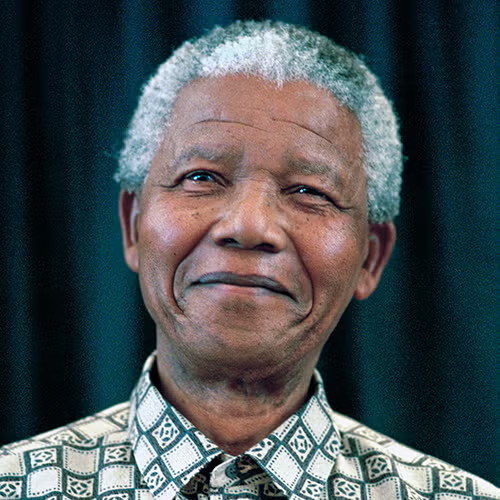The collusion of the Berom and Fulani relations on the Plateau creates an awareness about the story of how the traditional values and relations of the Berom and Fulani on the Plateau collides.
Plateau State is an intriguing place with a rich history, multicultural values, and natural beauty, making it a melting pot of different ethnic groups such as the Berom, Hausawa, Fulani, Magavul, Pyem, Surawa, Cala, and Mangu-Mangu, among others.
Plateau is a beautiful state in the middle belt region of Nigeria, known for its stylistic hills, scenic valleys, and landscapes.
The Berom People
The Berom people are part of the diverse tribes on the plateau, characterized by a highly structured social hierarchy, with elders holding revered positions in their communities.
Moreover, they are the largest and most influential ethnic group on the Plateau, known for their agricultural practices and many traditional beliefs, including Panshak, a harvest festival celebrated in November, with dancing, music, Watsa Toka, and Ntuere, a rite of passage for the Berom girls held at the onset of menstruation.
The Fulani People
Similarly, the Fulani people, historically pastoralists throughout West Africa, have a significant presence on the Plateau, leading to their settlement within the Berom axis.
The Fulani people, also known as Fulbe are a prominent ethnic group found not only in Plateau State but across some nations in West Africa.
This nomadic lifestyle has historically shaped their identity and is radically replicated in their settlements.
This entailed distinctive round huts known as “ruga”.
These settlements serve as district of Fulani community, where social, traditional, and cultural practices are often preserved and celebrated.
They are recognized in Plateau State through their cultural practices, language, traditions and economic activities:
Language is an identifier of the Fulani people.
Habitually, they primarily speak Fulfulde, which serves up as a unifying aspect in the midst of Fulani communities.
Moreover, they are also engaged in other aspect of linguistic assessment, such as Facilitating communication and preserving oral traditions, as well as storytelling and most importantly proverbs. Despite the diversity in dialects, it is still part of their cultural heritage.
Socially, Fulani communities are organized around family structures, which play a vital role in their social dynamics and decision-making processes.
Elders hold esteemed positions within their communities, helping as guardians of tradition and peace agencies in time of disputes.
These ensures the preservation of cultural values and norms across generations among the Fulani people.
Mode of dressing is another key identifier of the Fulani communities.
Traditional attires also differentiate the Fulani people among pairs, both men and women have own a specific mode of dressing that is reflecting their cultural heritage and social status.
Men usually wear long robes adorned with embroideries and elaborate hats, while women’s attire includes colourful wraps, jewellery, and captivating hairstyles.
These outfits not only reflect their cultural identity but also serve as practical applications, providing sustainability toward enhancing their heritages.
Cattle rearing also play a pivotal role toward distinguishing them in multilingual societies.
This is because the running of cattle herds obliges specialized acquaintances, skills and experiences passed down through eras, which supplementary reinforces the community’s identity.
This diversity demonstrated the flexibility and resilience of Fulani culture in the midst of social and economic alterations.
The Relationship Between The Berom and The Fulani People
The relationship between Berom and Fulani people is complex.
The relationship has been marked by conflicts arising from competition over land use, limited economic opportunities for the Berom, grazing rights, and politicization of ethnic and religious affairs, resulting in violent clashes between the two groups.
The situation has been exacerbated by political tensions and extremist ideologies, leading to a series of deadly attacks and counterattacks, prompting other ethnic groups to fear and even migrated to other states in search of a peaceful environment.
However, before the conflicts arose, there was existed mutual understanding and cooperation between the two ethnic groups, including intermarriages, cohabitation, and shared moments of advantages and benefits.
Ethnic differences should serve as a source of inspiration, capable of enabling effective avenues for uniting and fostering greater understanding.
Ethnic differences should also help in shaping behaviours, and developing common human parameters of purpose, values, attitude, interest, and understanding that are broad enough to establish workable political structures and the rule of law within affected communities and at all levels of mankind.
History indicates that lasting peace comes only from an atmosphere of mutual understanding and appreciation based on a firm belief in common nature, interests, and destiny.
Berom and Fulani have engaged in interethnic marriages throughout history, resulting in a mix of norms and religions that bind them genetically.
Thus, if the war were to continue, familial bonds would be severed, this illustrates the gravity of the situation.
According to reports by Amnesty International in 2021, the conflict between farmers and herders (Berom and Fulani) in Plateau State resulted in over 500 deaths and the displacement of ten thousand people between January 2018 and March 2021.
Peace is a friend to everyone, an enemy to none.
If the groups could understand this, remember its root (the starting point), and forgive the past, peace could definitely be revived, maintained, and be assured.
Plateau, with its blessed weather and fertile land, welcomes everyone with the spirit of love and unity, urging all to embrace a state of harmony.
The Plateau remains a unique brand of tourism, peace should be maintained.
Humanity is the driving factor toward maintaining peace and unity in every nation.
It facilitates an understanding of a workable solutions, thereby providing lasting peace and unity that would go a long way in the midst of challenges among the problems of the world.
These stressed the exertion toward the need in reemphasizing the essence and necessitate the want of conflict resolution in the society.




















































































